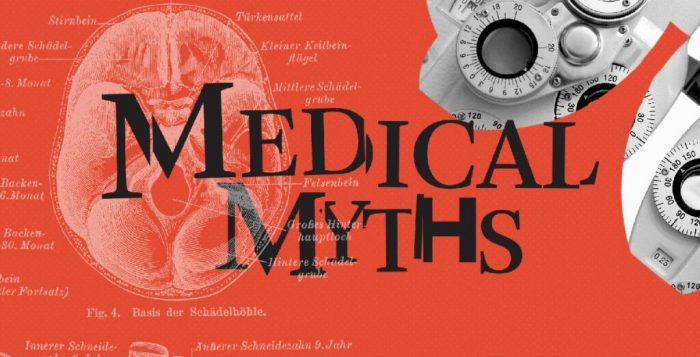Obesity can have severe effects on a person’s quality of life and lifespan. Research shows that it substantially increases the risk of a wide range of diseases, including type 2 diabetes, cardiovascular disease, and some cancers.
Despite the long-established health risks, however, recent decades have seen an inexorable rise in rates of obesity throughout the world.
One study found that between 1980 and 2015, the prevalence of obesity doubled in more than 70 countries and steadily increased in most others.
According to the World Health Organization (WHO), in 2016, more than 650 million adults had obesity. Overweight and obesity now claim the lives of more than 2.8 million people each year.
A major challenge for researchers is to distinguish the effects of genetics from those of lifestyle on the progression of obesity and its effects on health.
A team of researchers, led by two from the Obesity Research Unit at the University of Helsinki, in Finland, used an ingenious way to do this.
By studying 49 pairs of identical twins who did not share the same body mass index, or BMI, readings, they removed the effect of genes from the equation.
Identical, or monozygotic, twins have the same genetic makeup. They experience almost identical conditions in the womb and usually have very similar upbringings.
This means that the differences between the twins in the study arose from the influence of their environment or lifestyle as adults, rather than their genes or conditions during childhood.
The researchers have published their findings in the journal Cell Reports Medicine.
Biopsies of fat and muscle
First, the researchers took blood samples and biopsies of fat, or adipose, tissue and skeletal muscle tissue from the volunteers.
They then used a variety of molecular techniques to analyze the transcription of genes, production of proteins, and processing of metabolites in the two types of tissue.
A key finding was that the activity of mitochondria, the power plants of cells, was reduced in the muscle and adipose tissue of people with obesity.
The change was more marked in adipose than in muscle tissue.
Meanwhile, there was also increased inflammation in the tissues from twins with obesity, compared with their leaner siblings.
The changes in adipose tissue, but not muscle tissue, were associated with adverse health effects, including fatty liver disease and insulin resistance, conditions that have been linked to the development of diabetes.
Reduced power output
“If mitochondria […] are compared to the engine of a car, you could say that the power output decreases as weight increases,” explains senior author Prof. Kirsi Pietiläinen, also of the university’s Obesity Research Unit.
The researchers believe that these underperforming mitochondria produce more of the harmful reactive oxygen species, or free radicals, that stoke inflammation.
“A low-powered mitochondrial engine may also generate toxic exhaust fumes, which can cause a pro-inflammatory state in adipose tissue and, consequently, the onset of diseases associated with obesity,” explains Prof. Pietiläinen.
“What was surprising was that the mitochondrial pathways in muscle had no association with these adverse health effects,” she adds.
Another notable finding was that mitochondria in the adipose and muscle tissue of individuals with obesity were less efficient at breaking down a type of amino acid. These acids are the building blocks of proteins.
“This finding was of particular significance because the reduced breakdown of these amino acids and the resulting heightened concentration in blood have also been directly linked with prediabetic changes and the accumulation of liver fat in prior twin studies,” says Prof. Pietiläinen.
The researchers observe that in people with obesity, excessive nutrients may upset the control of catabolic and anabolic processes, reactions that break down and assemble organic molecules, respectively.
They write:
“We argue that, because of a high nutrition load, adipose tissue and skeletal muscle tissue no longer sufficiently shift between catabolic and anabolic reactions in acquired obesity. Consequently, the cells in these tissues increase their [internal] communication and activate emergency responses, such as inflammation.”
They acknowledge that the major limitation of their study was its cross-sectional design, meaning that it focused on a single point in time.
While the study identified associations between obesity and the various metabolic and health measures, it could not prove the existence of any causal relationships, as a result of this design




















